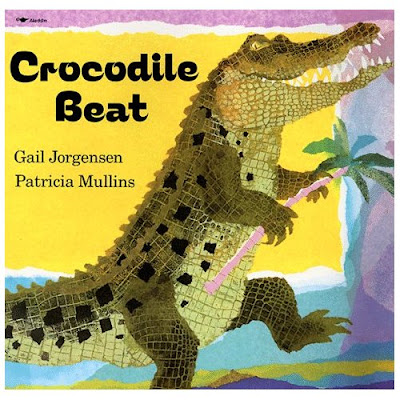
This is a stunning picture book with black and white illustrations by Neil Curtis, that are actually pen and ink but look like relief prints or engravings. It could be the starting point for explorations with pen and ink or printing with children. Neil Curtis has also illustrated another favourite of mine: Nightening. See the book here.
http://www.amazon.com/Cat-Fish-Joan-Grant/dp/1894965140/ref=sr_1_2?ie=UTF8&s=books&qid=1257905933&sr=1-2
Activities:
1. Talk about the illustrations. Identify some of the features of them. Yes they are black and white. They are crisp. There are no middle tones or tones of grey. Look at the pictures in terms of pattern too.
2. I would use this as a starting point for printmaking with children but only after they have had previous experiences with some of the different types of printing. So they would need to have maybe mono-printed at least before playing with any form of relief printing.
3. Lino prints or woodcuts are probably inappropriate for primary age children because of the tools needed and difficulty in cutting. You can get foam/polystyrene sheets which work quite well and children can use any sharp implement to incise them to make a relief block.
4. An alternative could be to offer students black ink and drawing pens and brushes to explore. I would challenge students to see if the can after experimenting, produce crisp images with patterns like Neil has done.


